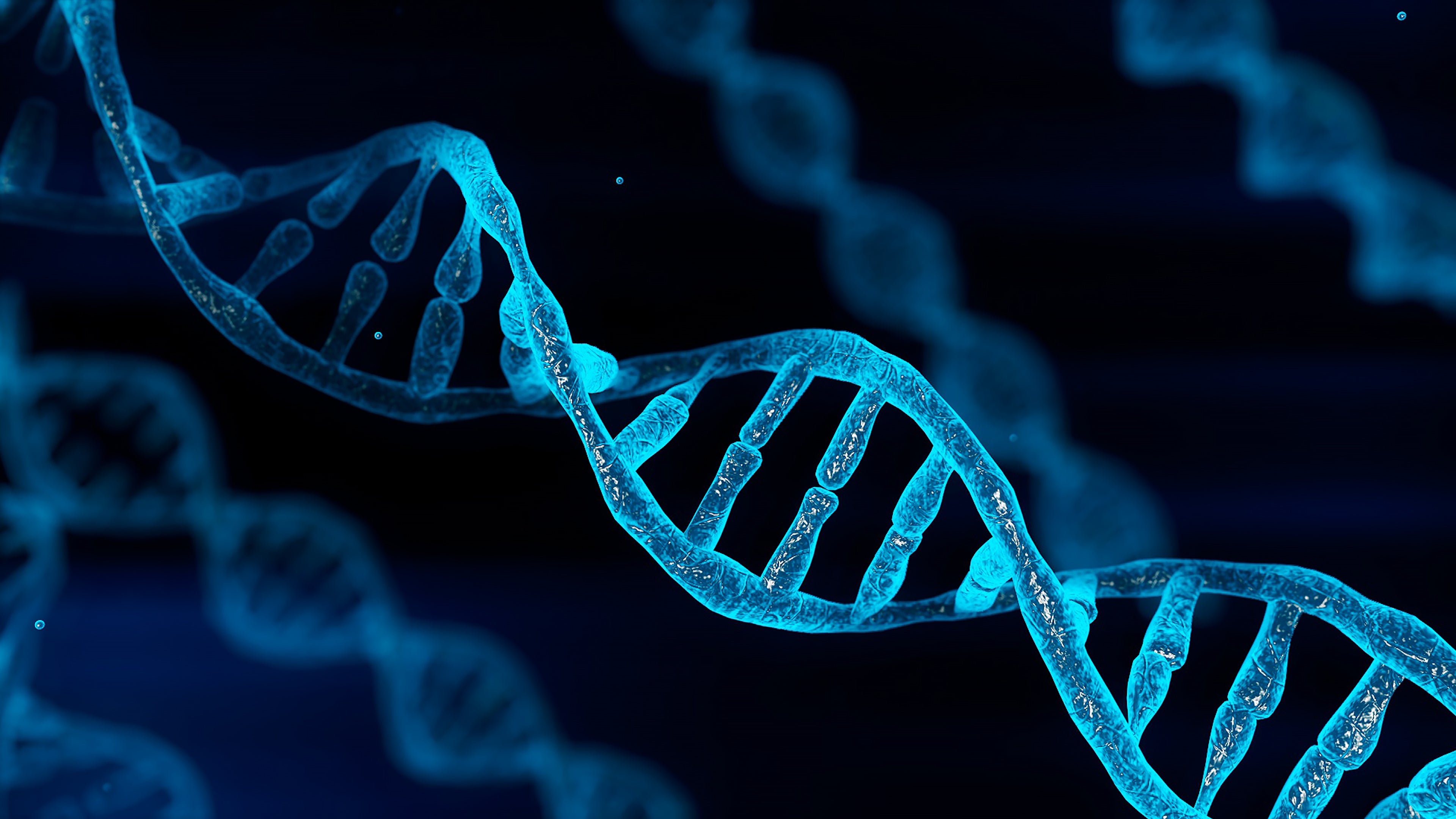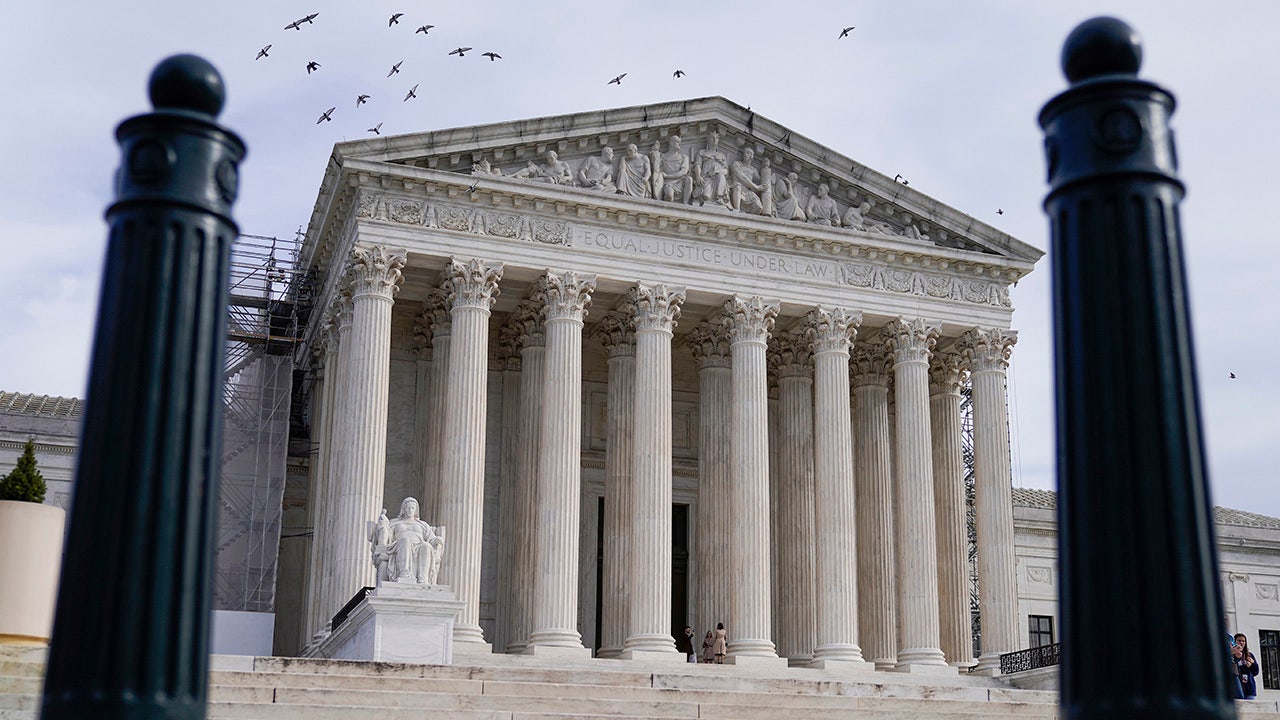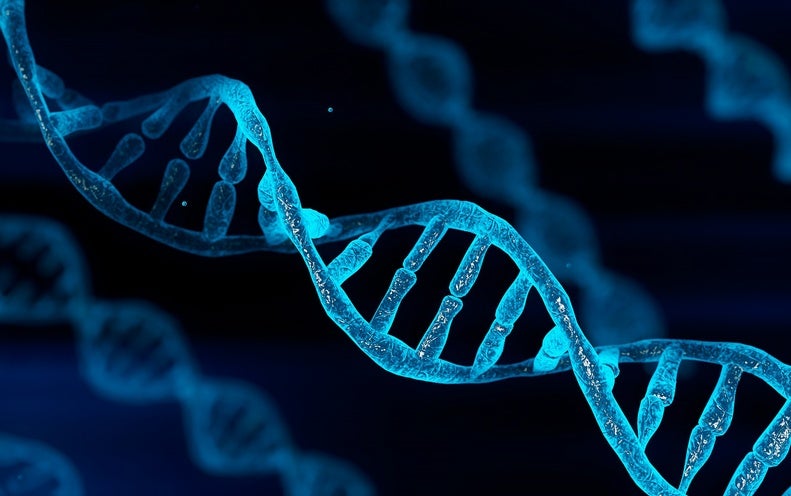
Deep in a bacterium’s gelatinous matrix dwell little “cellular machines” called retrons, which produce single strands of DNA to detect certain viral infections. Now for the first time, researchers have used these natural DNA scriptwriters to modify genes in human cells. A new study, published in Nature Chemical Biology, suggests this technique can enhance gene editing across diverse animal groups.
Although the well-known CRISPR process has made gene editing much easier in recent years, it “has its own limitations,” says the study’s senior author Seth Shipman, a bioengineer at the University of California, San Francisco. This process introduces an enzyme called Cas9 to cut DNA segments and provides templates of desired DNA, designed by researchers, for cells to incorporate during the repair process. But this template DNA is created in the laboratory and must be inserted separately from CRISPR’s components—and it does not always penetrate the cellular membrane.
Shipman and his colleagues instead used retrons to manufacture that DNA inside the cell itself, where the CRISPR process can readily use it. Retrons carry an enzyme called reverse transcriptase that builds DNA strands based on RNA. They also feature “some strangely overlapping loops of RNA” that help them function, says Santiago Lopez, a graduate student at U.C.S.F. and lead author on the study.
The researchers modified retrons in the lab so they would produce the desired template DNA. Additionally, they elongated the RNA loops, a change that turned out to let each retron produce more DNA copies. Finally, they inserted the retrons into cells along with CRISPR’s components.
Using this process, retrons produced from 10 to 100 times more template DNA in yeast cells than in human cells. The retrons also achieved better editing precision in yeast than in human cells, possibly because of the differing number of strands or the way each cell type repairs DNA. “But frankly, we are not that worried right now,” Shipman says, “since this is only a foot in the door.” He says more adjustments and optimization will likely yield highly accurate editing in human cells.
“If we can repurpose retrons to produce DNA as ‘donors’ within a patient cell, it can be used for gene therapy applications for diseases such as sickle cell anemia, which require repair of only small stretches of faulty genetic sequences,” says University of Nebraska molecular biologist Channabasavaiah B. Gurumurthy, who was not involved in the study.
But introducing foreign DNA into human tissue cells can also “elicit adverse immune responses that limit genetic modifications,” says Jin-Soo Kim, director of South Korea’s IBS Center for Genome Engineering, who was also not involved in the work. Researchers who are using CRISPR alone have developed processes to suppress such responses, Kim adds, but it remains to be seen how to accommodate retrons.



























































